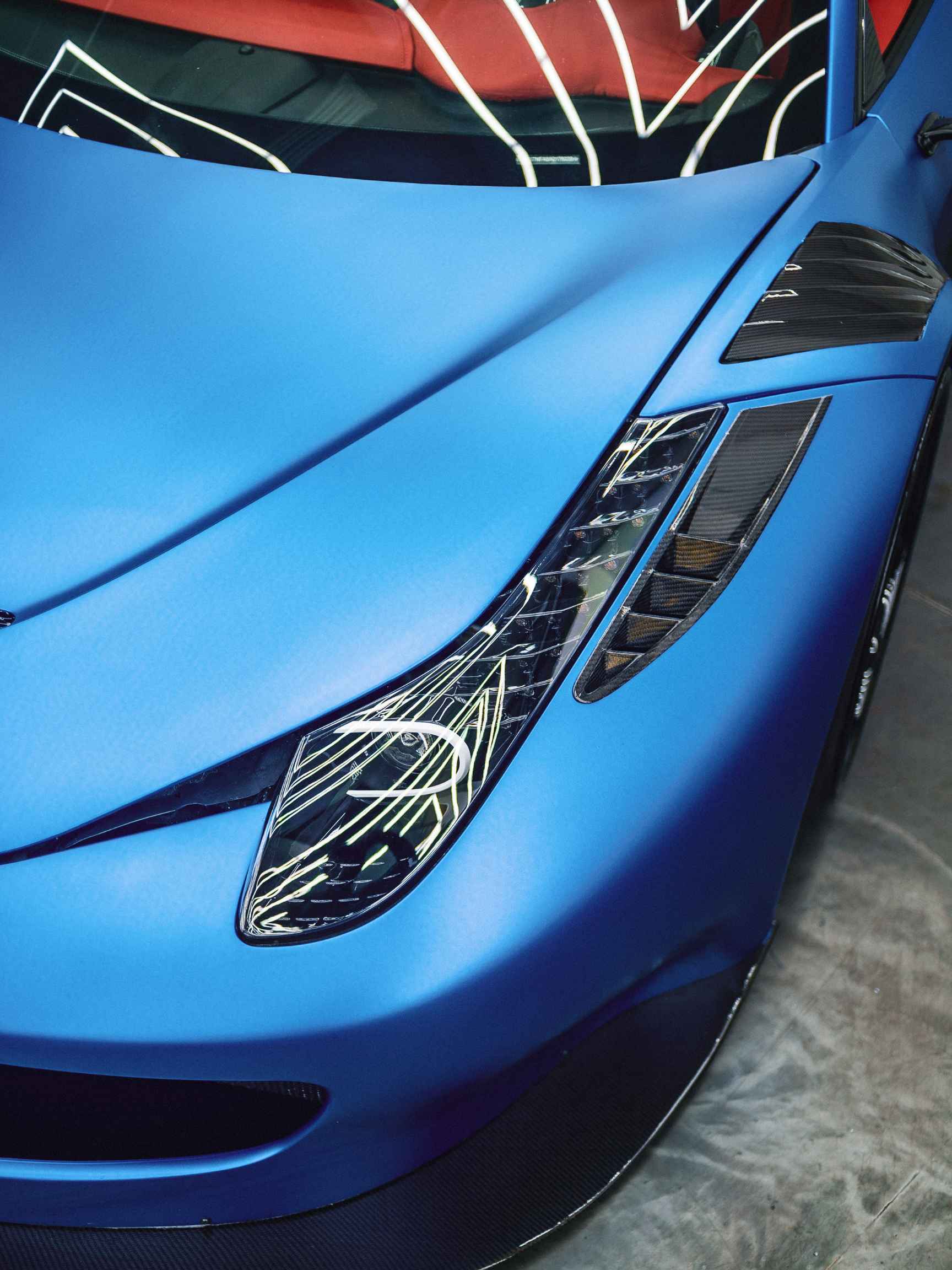
Car detailing is an essential aspect of car maintenance that involves thorough cleaning, restoration, and finishing to achieve a showroom-quality appearance. Whether you are a car enthusiast or a regular car owner who takes pride in their vehicle, understanding the art of detailing can help you keep your car looking its best. In this article, we will explore the techniques, products, and steps involved in achieving a professional showroom finish for your car.
Detailing goes beyond traditional car washing. It focuses on every nook and cranny, ensuring that your car’s interior and exterior are in top shape. Regular detailing helps preserve your car’s value, prevents damages caused by dirt and debris, and enhances its appearance. It is especially crucial if you plan on selling your car in the future, as a well-detailed vehicle can fetch a higher price.
Before diving into the detailing process, it’s important to gather the necessary tools. A proper car wash mitt, microfiber towels, a variety of brushes for different surfaces, and a high-quality car shampoo are essential. Additionally, you may need a clay bar to remove embedded contaminants and a dual-action polisher for paint correction. Investing in the right tools will make the detailing process more efficient and yield better results.
Start by rinsing your car to remove loose dirt and debris. Then, use a high-quality car shampoo and a wash mitt to gently clean the paintwork. Pay attention to areas with more dirt or stains and use a soft brush if needed. Rinse thoroughly and dry the car using microfiber towels to prevent water spots.
Even after washing, your car’s paint may have surface contaminants that are not visible to the naked eye. To remove these, use a clay bar lubricated with a detailing spray. Work on small sections at a time, applying light pressure in a back-and-forth motion. The clay bar will pick up the contaminants, leaving a smooth surface.
If your car’s paint has scratches, swirl marks, or other imperfections, a paint correction process may be required. This involves using a dual-action polisher and a suitable compound or polish to level the paint’s surface. It requires skill and knowledge to avoid damaging the paint, so professional help may be needed for severe imperfections.
To protect and enhance the shine of your car’s paint, apply a wax or sealant. These products provide a protective layer against UV rays, dirt, and other contaminants. Wax is usually applied by hand in a circular motion and left to dry before buffing off. Sealants, on the other hand, can be applied with a foam applicator pad and require curing time.